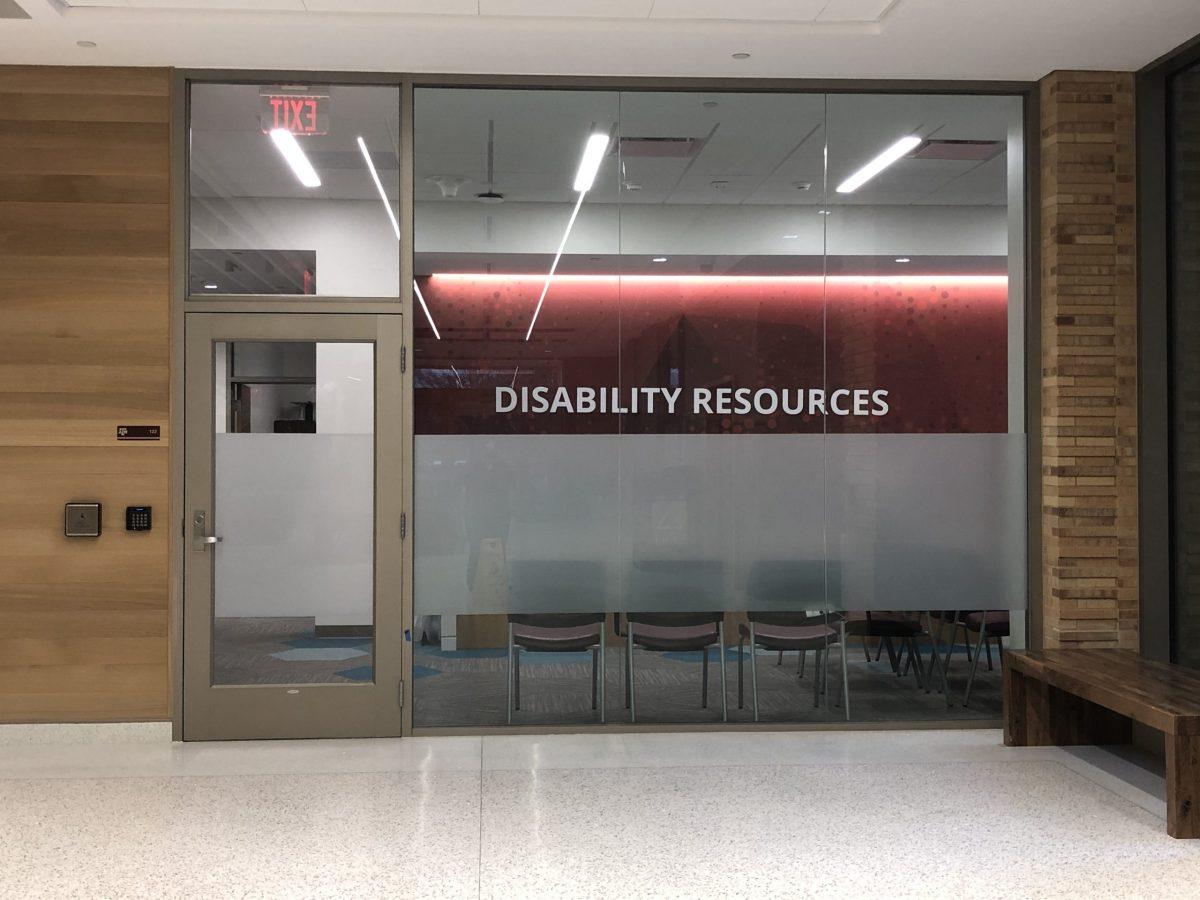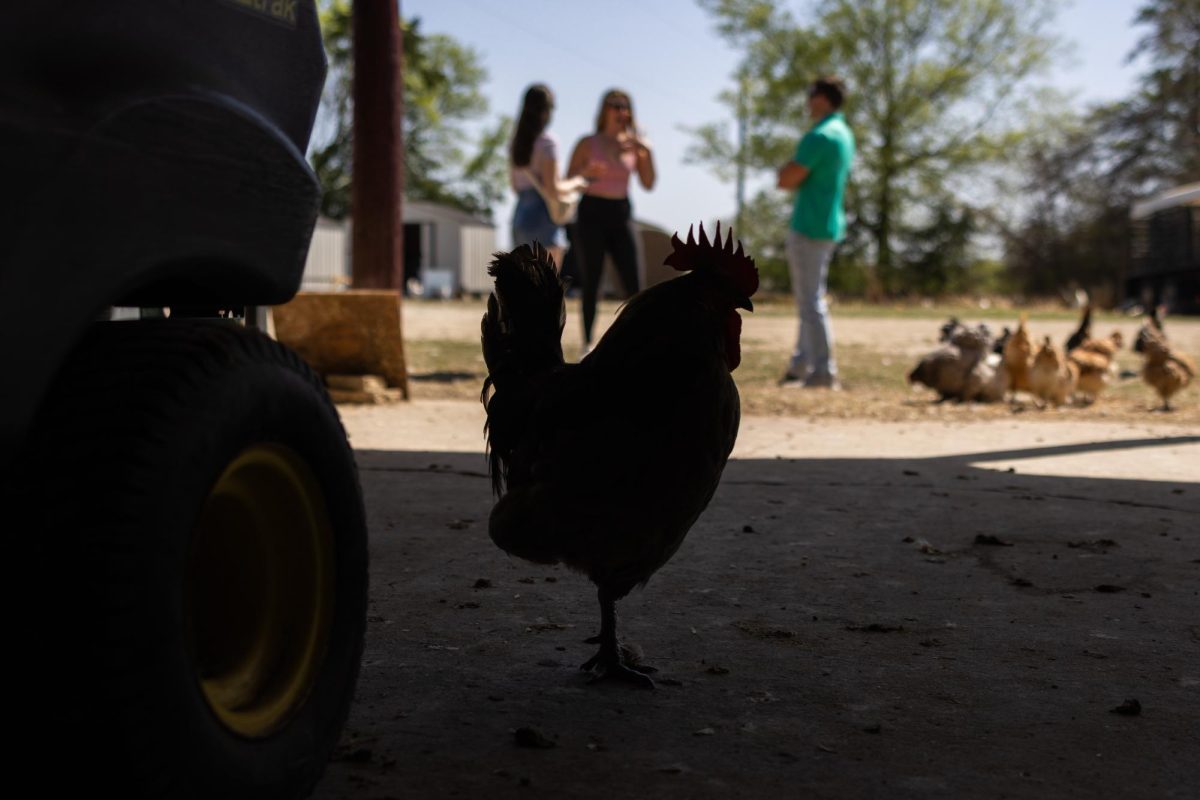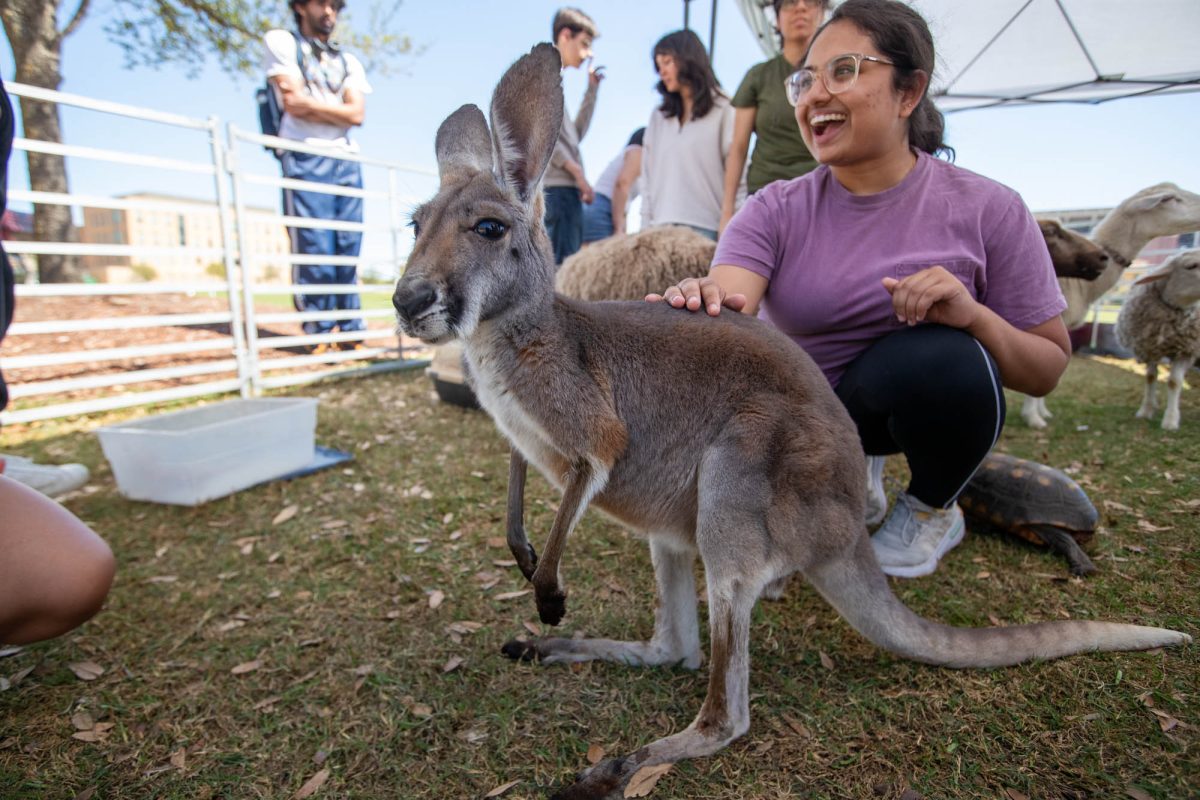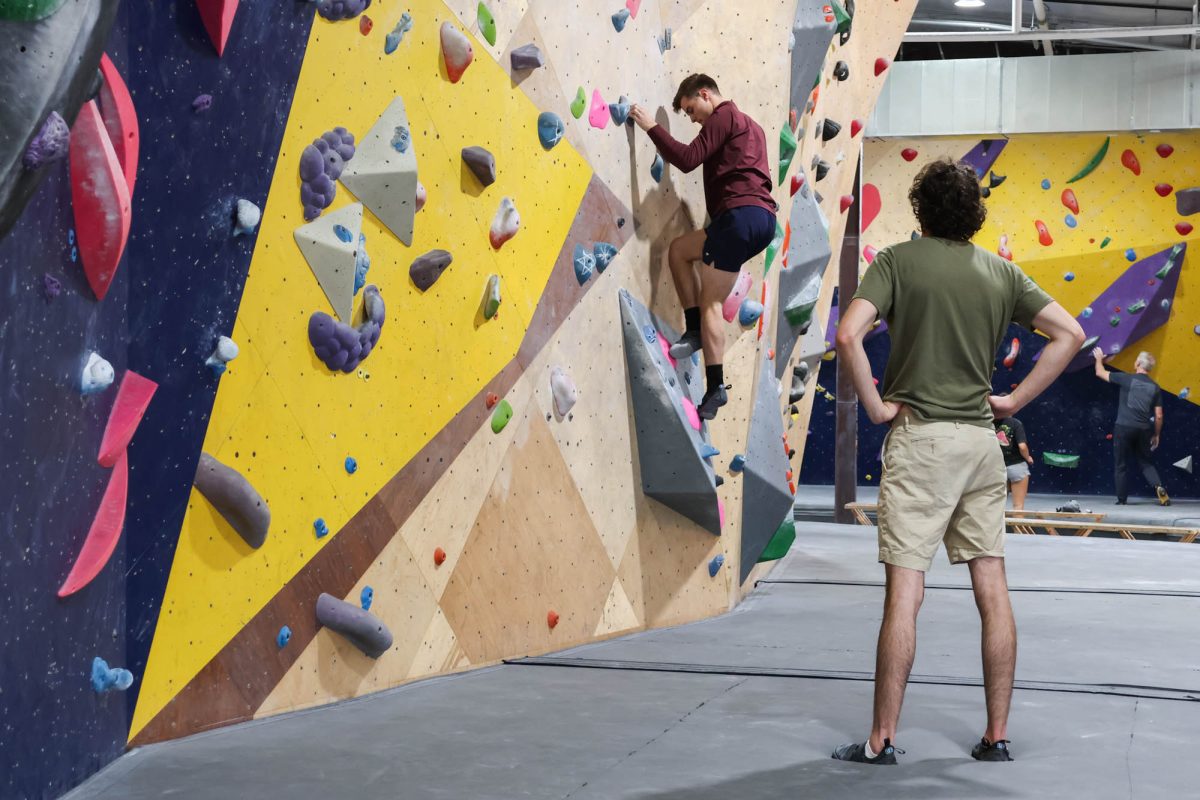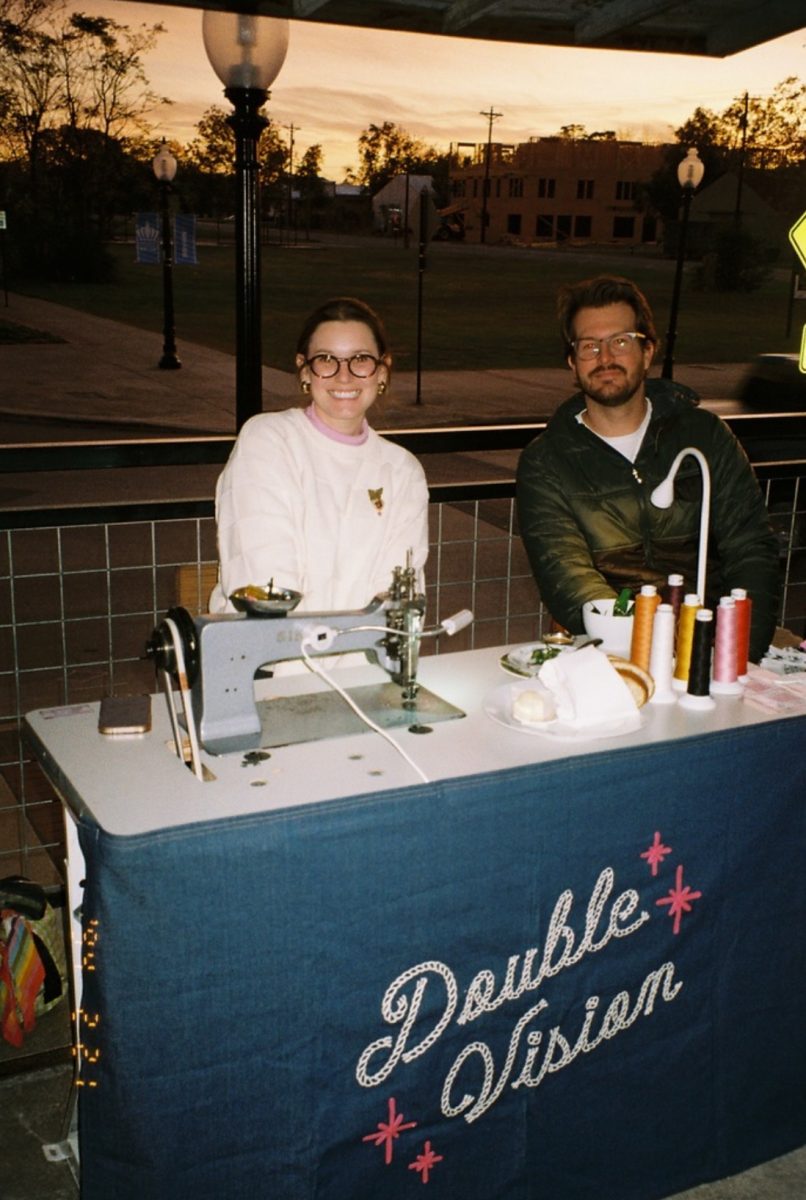The Department of Disability Resources offers an array of services and accommodations for students to make Texas A&M’s social and learning environments accessible for all.
Disability Resources’ mission is to interact and collaborate with faculty, staff and students to provide an equitable learning experience for all disabled students and ensure they have equal access to all environments on A&M’s campus.. Disability Resources’ director Kristie Orr, Ph.D. said rather than only retroactively providing accommodations, Disability Resources works with the university community to develop an accessible environment through education.
“We are trying to work with the university community to provide education and outreach so that, as much as possible, classes, the university environment and all of the things that are happening on campus can be accessible from the get go,” Orr said. “Then there’s less of a need to do something different for students with disabilities.”
Disability Resources collaborates with the various university system colleges through Access Coordinators, whom Orr said meets individually with students to discuss resources and ensures that those students receive their necessary accommodations.
“They not only work with students, but they also train the faculty and staff in those colleges to make sure they’re learning more about disabilities and how to provide a more accessible environment for students,” Orr said.
The process of getting a student connected with an Access Coordinator starts with the student providing information about their disability to Disability Resources. After the Access Coordinators review the information, Orr said coordinators meet with students to talk about what the barriers are on campus for those students and what kind of accommodations can help overcome those barriers.
“If the student is still struggling, coordinators can consult with them and try to figure out if there are other accommodations that will be helpful, as well as referring them to other resources on campus,” Orr said. “We also have an assistive technology coordinator who works closely with access coordinators to help figure out if there are students who need technology or in order to assist them, such as apps and software that can help overcome those barriers.”
Orr said students can contact Disability Resources through their contact available on every classes’ syllabus, as well as their resource tables at New Student Conferences. Orr said students can then submit the accommodation request available on their website, along with any information they have about their disability such as a letter from their doctor or their high school paperwork.
Last May, Orr said Disability Resources developed the Accessibility in Aggieland series in conjunction with the Center on Disability and Development in the College of Education.
“The first of the series is on July 26, which is the anniversary of the signing of the Americans with Disabilities Act, which was signed by George H. W. Bush,” Orr said. “We are doing an Accessibility 101 presentation. Students and staff with disabilities have made videos of them talking about what accessibility means, why it’s important and what we, as a university community, can do to make our campus more accessible.”
For the following months, the series will host different speakers from across campus where they will discuss accessibility at the university and provide valuable information about accommodations. Some of the various accessibility topics will include service and emotional support animals and web accessibility, Orr said.
Through the Disability Resource Center and the Accessibility in Aggieland series, Orr said she wants Aggieland to be as accessible as possible.
“Our role is really to make sure that students don’t have any barriers just based on the disability,” Orr said.
ASL-English staff interpreter Diana North said her position at Disability Resources is significant for several reasons.
“First, as a staff member I am able to really get to know the students I work with by working with them for a whole semester, years, and sometimes their entire college experience,” North said. “This allows me to adapt my interpretation to best match their language preferences, as well as learning their preferences for technical signs. Being a staff interpreter also allows me time to research class content in both English and ASL, so the students receive a richer interpretation in the classroom.”
North said she also acts as a bridge between Disability Resources and any interpreters the department contracts with.
“This allows for more consistency in the students’ classroom experience,” North said. “Finally, I am also a cultural bridge between the professors and the students. Over the course of a semester, professors see me on a weekly basis. This can allow for more comfortable dialogue between the student and professor and our department in regards to disability, deaf culture, accessibility and partnership with the larger campus community.”




